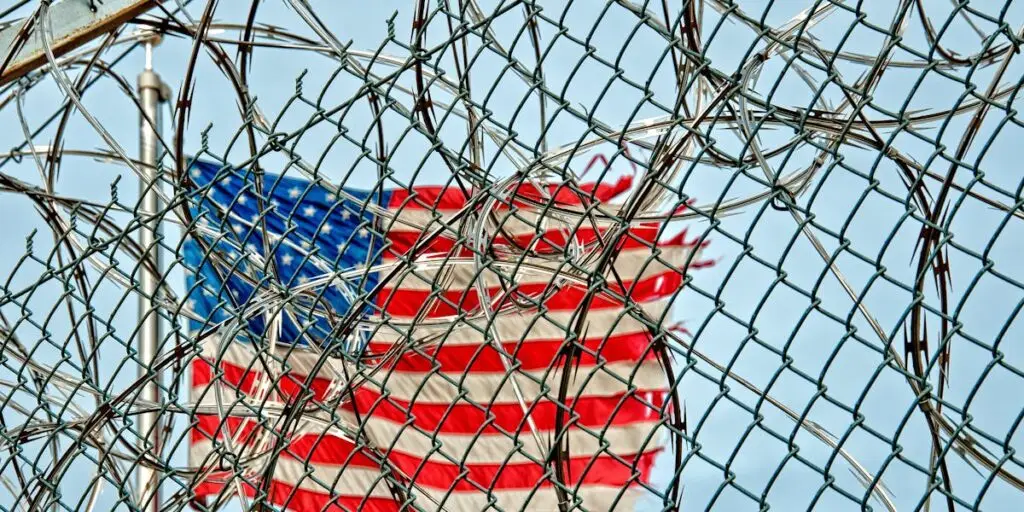Tensions have escalated between India and Bangladesh in January 2025 over security measures along their shared border, particularly regarding border fencing. While India has been steadily working on fencing its borders to curb illegal immigration and smuggling, challenges persist due to geographical and political complexities.
India-Bangladesh Border Overview
India shares its longest international border with Bangladesh, spanning 4,096.7 km. This extensive boundary runs through five Indian states:
– Assam
– Meghalaya
– Mizoram
– Tripura
– West Bengal
The Border Security Force (BSF) is responsible for guarding this border, operating through six different frontiers:
1. Assam Frontier
2. Meghalaya Frontier
3. Mizoram and Cachar Frontier
4. Tripura Frontier
5. North Bengal Frontier
6. South Bengal Frontier
The border was originally demarcated by the Radcliffe Line (1947) during the partition of India and Pakistan. Later, the Land Boundary Agreement (LBA) of 1974 and 2015 aimed to resolve disputes and clarify the border demarcation.
As per the 2023-24 Annual Report of the Ministry of Home Affairs, about 78% (3,196.7 km) of the India-Bangladesh border has been fenced. However, challenging terrains, riverine borders, and densely populated settlements continue to slow down the fencing process.
Key Rivers Along the Border
Several rivers define parts of the India-Bangladesh border, making fencing difficult:
– Feni River – Forms part of the boundary between Tripura (India) and Bangladesh. The Maitri Setu bridge over the Feni River connects Sabroom (Tripura) with Ramgarh (Bangladesh), improving trade and connectivity.
– Teesta River – Originates in Sikkim, India, and flows through West Bengal before entering Bangladesh. This river remains central to India-Bangladesh water-sharing agreements.
– Ichamati River – Runs through West Bengal (India) and Bangladesh, serving as a natural boundary.
– Padma River – The Ganges River in India becomes the Padma River upon entering Bangladesh, eventually merging with the Brahmaputra (Jamuna) and Meghna Rivers before reaching the Bay of Bengal.
Challenges in Border Fencing
Despite significant progress, several challenges continue to hinder the fencing process along the India-Bangladesh border:
– Riverine Borders and Chars (Silt Islands): Large portions of the border are defined by shifting rivers and islands, making it difficult to install permanent fences.
– Marshy and Flood-Prone Areas: Many sections of the border face seasonal flooding, which weakens fence structures.
– Dense Vegetation: Thick forests and hilly terrains in states like Meghalaya and Mizoram obstruct fencing efforts.
– Proximity of Settlements: Many villages and farmlands exist within 150 yards of the border. Local farmers oppose fencing, as it restricts their movement and access to agricultural land.
Legal and Diplomatic Complexities
The 1975 Joint India-Bangladesh Guidelines for Border Authorities prohibit stationing armed security forces within 150 yards of the border. According to these guidelines:
– No permanent or temporary security forces can be deployed within 150 yards of the border.
– Any fencing within 150 yards requires mutual agreement between both countries, especially in densely populated areas.
Current Situation and Way Forward
The border fencing dispute remains a sensitive issue in India-Bangladesh relations. While India views fencing as a security measure, Bangladesh has expressed concerns over its impact on border communities. Diplomatic discussions and mutual agreements will be crucial in finding a balanced solution that ensures security while respecting the rights of border residents.

